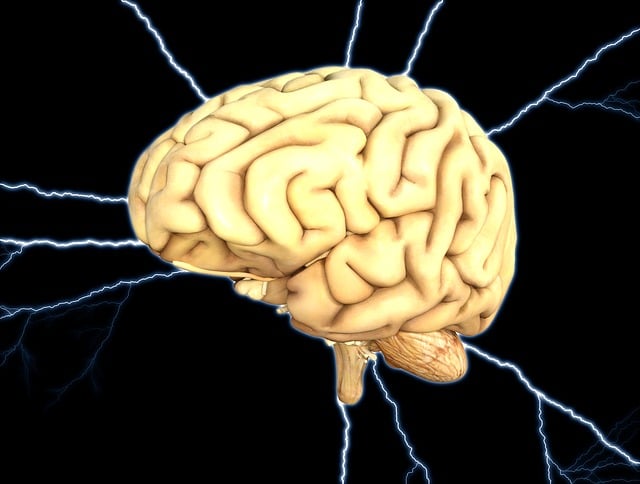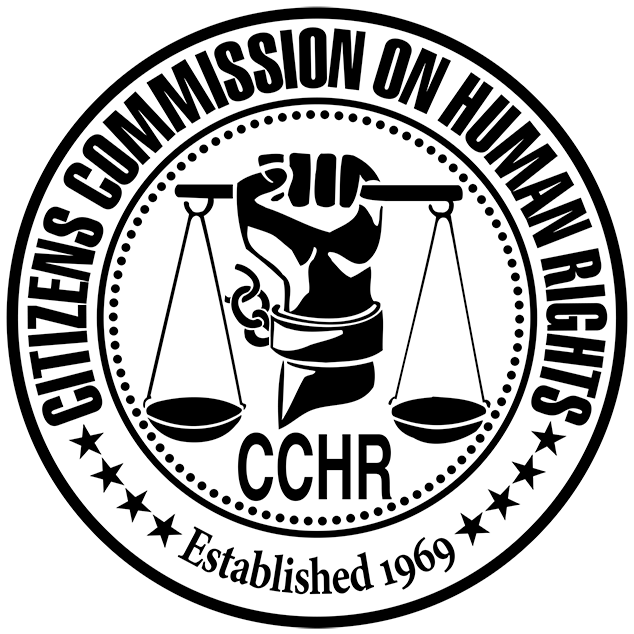Brain injury can be caused by electric shock and seizures, two key elements of electroshock, a psychiatric procedure not proven safe or effective, some experts say. Patients may not be given enough information about electroshock risks to give true informed consent for the procedure.
During Brain Injury Awareness Month, a month focused on bringing attention to causes and prevention of brain injuries, the Citizens Commission on Human Rights (CCHR) is renewing its call for legislation to ban electroconvulsive therapy (ECT, or electroshock), a controversial psychiatric procedure performed on the brain. Brain injury can be caused by electric shock and seizures – key elements of electroshock. The procedure, performed by psychiatrists on depressed patients, has not been proven either safe or effective, some experts say.
“Patients should not be exposed to the risk of permanent brain damage just because their psychiatrists don’t know what else to do for depression,” said Anne Goedeke, president of the CCHR National Affairs Office.
ECT shoots up to 460 volts of electricity through brain tissue to induce a grand mal seizure, the most serious type of seizure – the kind usually caused by epilepsy. After 85 years of performing electroshock, psychiatrists still cannot explain how ECT is supposed to work to treat depression, how much voltage it will take to produce a grand mal seizure in a patient, or how many sessions of ECT to administer. ECT is done by trial and error.

Psychiatrist Peter Breggin, M.D., describes how the electric impulses of electroshock reduce the connectivity of the frontal lobes with the rest of the brain. He explains that frontal lobes are “the seat of our capacity to be thoughtful, insightful, loving, and creative.” He calls the brain damage from ECT “a closed-head injury in the form of an electrical lobotomy.”
“This is what I call ‘the brain-disabling principle of psychiatric treatment,’” he writes. “Lobotomy, ECT and psychiatric drugs all share the common factor that they ‘work’ by damaging the brain and suppressing brain function.”
CCHR co-founder, the late Thomas Szasz, M.D., a professor of psychiatry considered by many academics as present-day psychiatry’s most authoritative critic, wrote, “Most neurologists regard it as self-evident that epileptic [grand mal] seizures cause brain damage and that all injury to an intact brain is harmful.”
For all the risk of brain damage from electroshock, the procedure has never been proven effective in clinical trials, experts say.
John Read, Ph.D., a professor of psychology; Irving Kirsch, Ph.D., associate director of the Program in Placebo Studies at Harvard Medical School; and psychologist Laura McGrath, Ph.D., reviewed prior ECT studies to look for any clear proof of effectiveness and found none.
“There is no evidence that ECT is effective for its target demographic – older women, or its target diagnostic group – severely depressed people, or for suicidal people, people who have unsuccessfully tried other treatments first, involuntary patients, or adolescents,” they concluded, publishing their findings in 2020 in Ethical Human Psychology and Psychiatry.
The researchers found there have only been 11 placebo-controlled studies of ECT since 1985, all of which had very small sample sizes and serious flaws in methodology, according to Read. He further wrote that even the short-term benefit reported by some patients was not due to the ECT, but was primarily a placebo effect.
Most importantly, none of the studies found any lasting benefit to patients after a course of electroshock. “No studies have found any evidence that ECT is better than placebo beyond the end of treatment,” Read wrote.
He further noted that the U.S. Food and Drug Administration (FDA) requires electroshock machines to have signs next to them stating: “The long-term safety and effectiveness of ECT treatment has not been demonstrated.”
However, patients are not being given enough information about the serious risks and lack of effectiveness of the procedure to give true informed consent to receive it, according to Read. He conducted a survey of information pamphlets given to patients considering ECT and found that risks were minimized, or effectiveness was asserted without mentioning that similar rates of recovery were achieved by people receiving sham (placebo) treatment. “The minimisation of risks is not uncommon in ECT practice and research,” he wrote.
Nobody knows how many Americans get electroshocked each year. A widely used, but outdated estimate of 100,000 appears to come from a 1995 study.
Psychiatrists performing electroshock can greatly increase their income. It has been estimated that a psychiatrist spending just a few hours a week to do 20 ECT procedures can bring in an additional $300,000 per year. Electroshock rakes in more than $3 billion a year in the U.S. alone.
The Citizens Commission on Human Rights (CCHR) advocates a total ban on ECT and continues to raise public awareness about the brain damage it can cause. To date, more than 134,000 people have signed the CCHR online petition to ban ECT.
